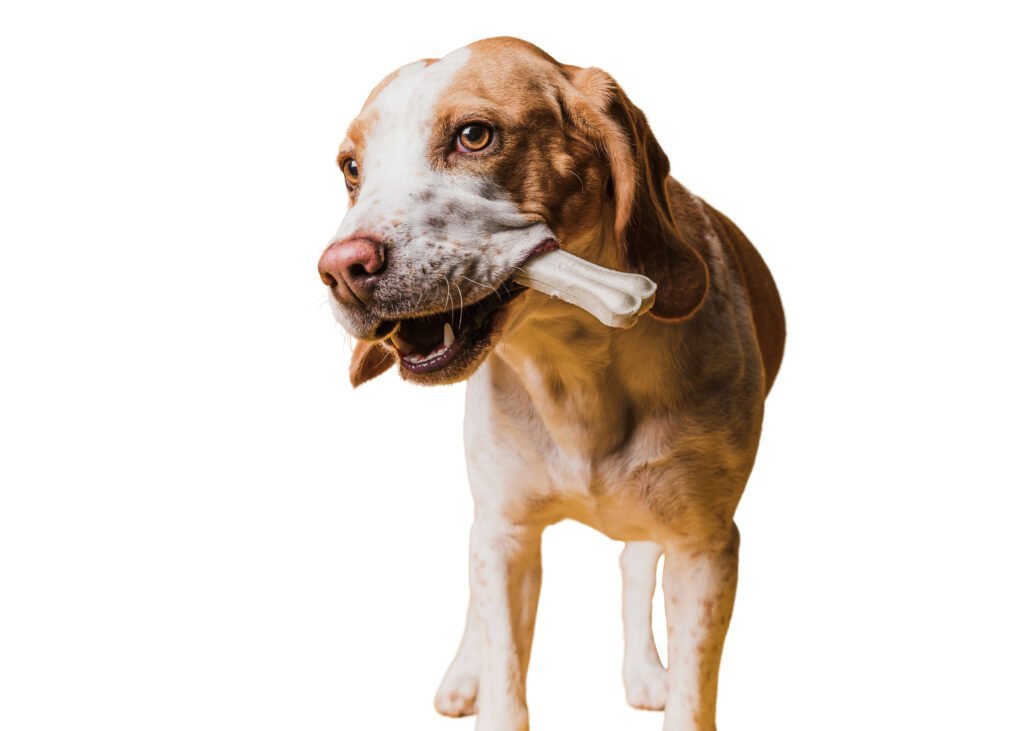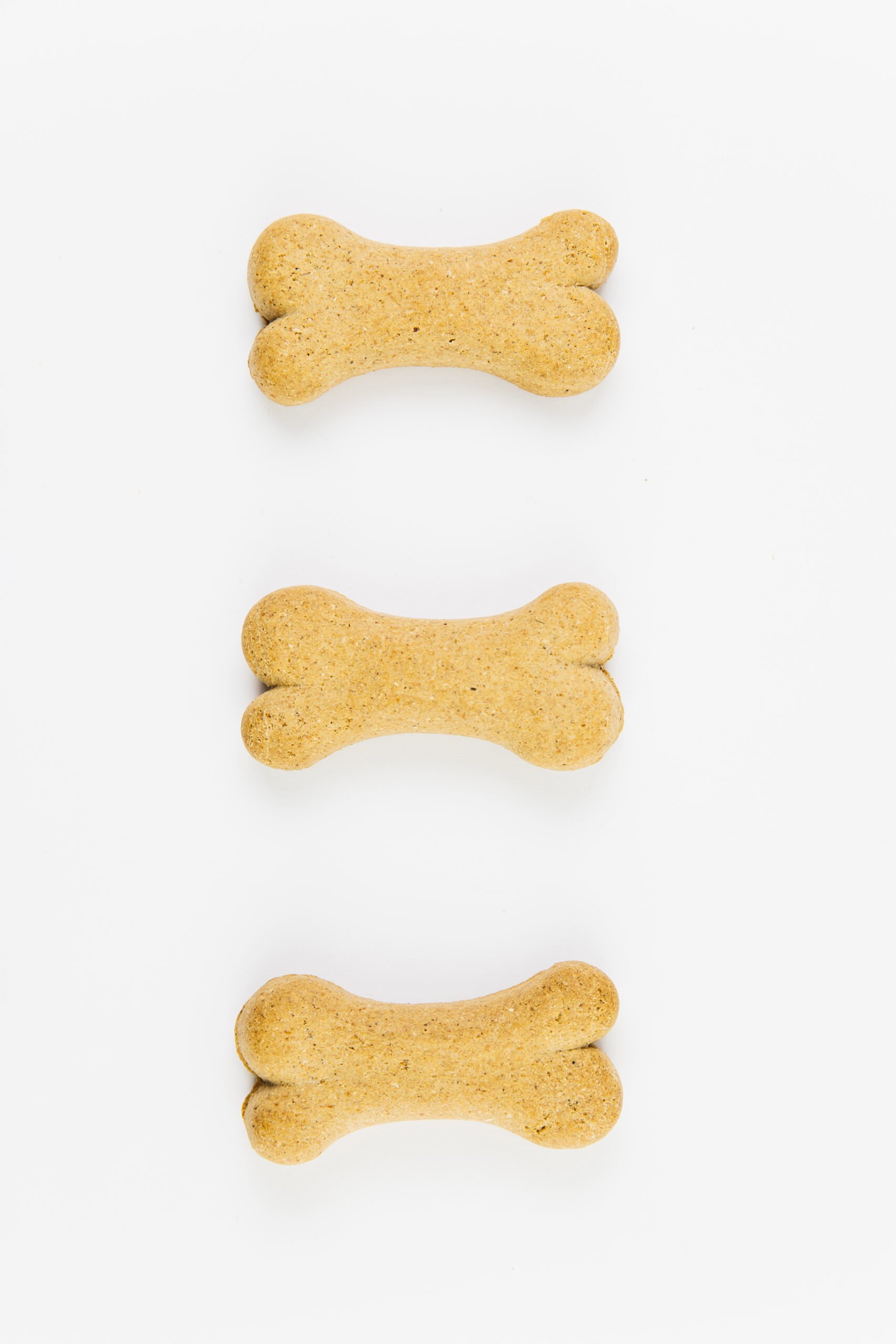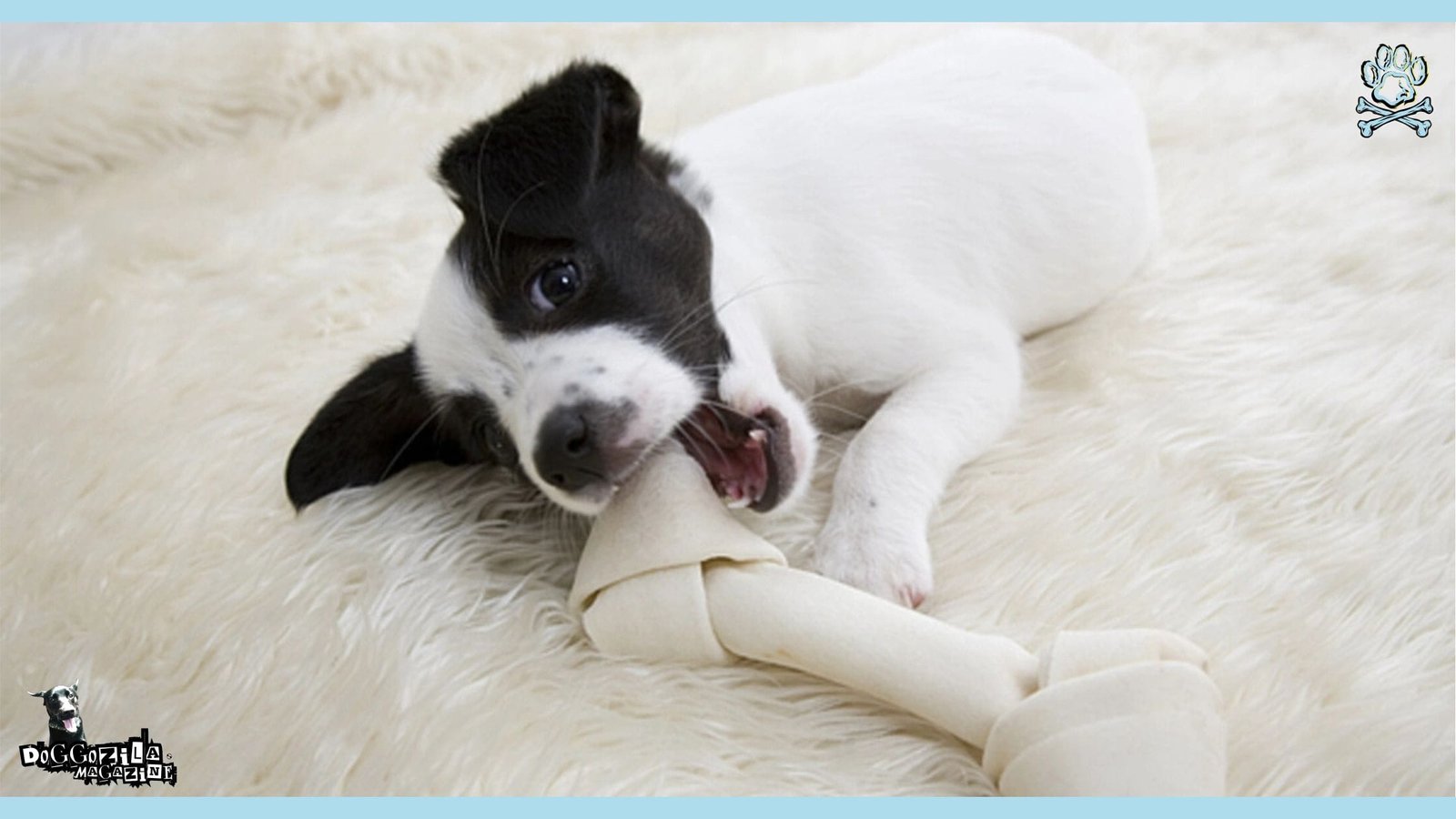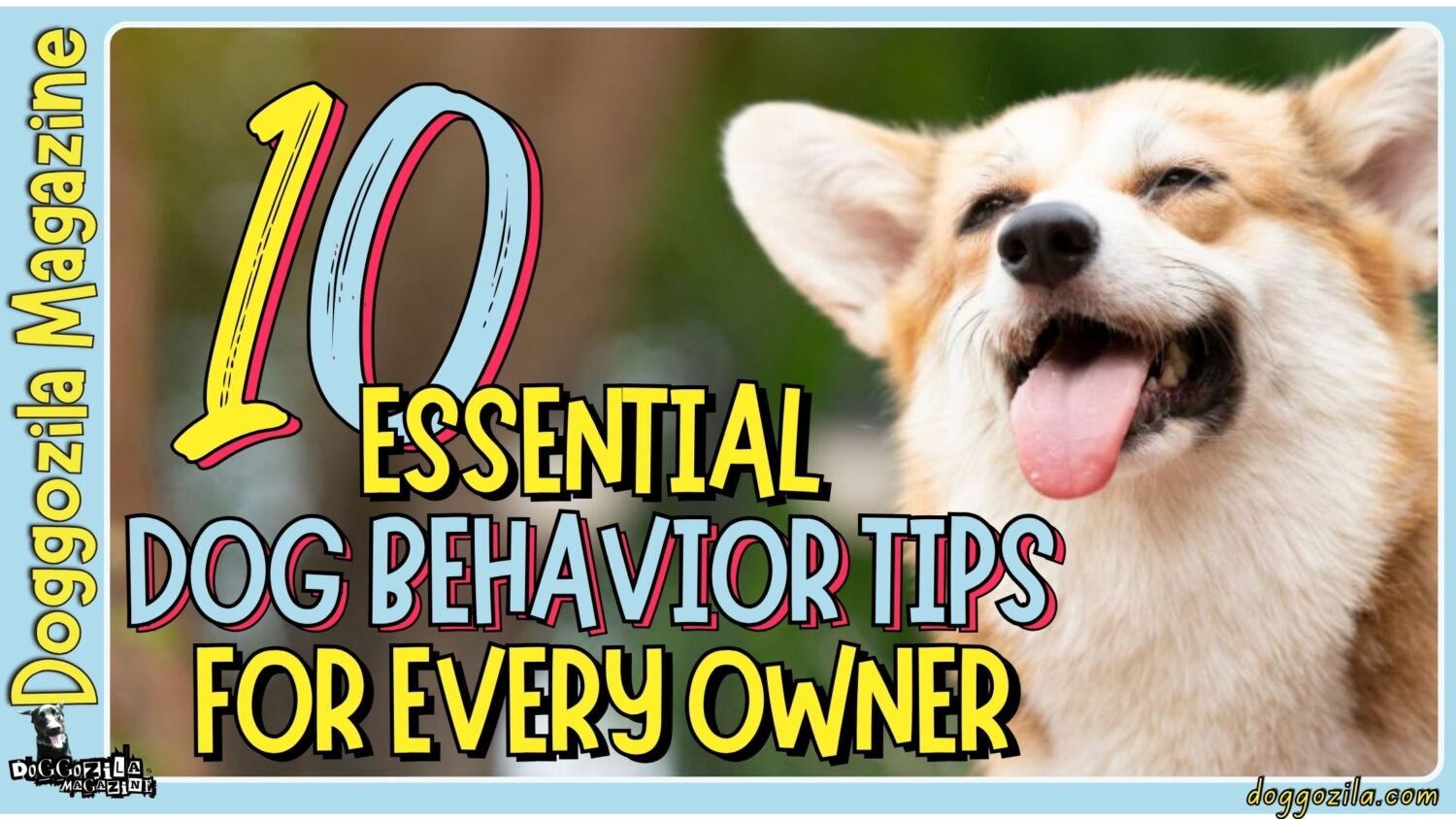Chewing on bones is something that dogs enjoy and is a natural behavior for them. It not only keeps them entertained but also has several benefits. Learn more about dog chew bones below!

DOG CHEW BONES PROMOTE DENTAL HEALTH
Dental Dog Health
Chewing on bones can help clean your dog’s teeth and gums, remove plaque and tartar, prevent bad breath, and strengthen their jaw muscles. Chewing on bones can also satisfy your dog’s urge to chew and prevent them from chewing on inappropriate items, such as furniture, shoes, or wires.
Dog Nutrition
Bones are a good source of minerals and other nutrients for your dog, such as calcium, phosphorus, magnesium, iron, zinc, and collagen. These nutrients can support your dog’s bone health, immune system, blood clotting, and wound healing. Bones also contain marrow, which is rich in fat and protein and can provide your dog with extra energy and calories.
Dog Mental Stimulation
Chewing on bones can keep your dog mentally stimulated and entertained, especially when they are bored or stressed. When your dog is chewing on bones can also release endorphins, which are natural chemicals that make your dog feel happy and relaxed. The act of gnawing on bones can help remove tartar and plaque buildup, thus preventing dental issues such as gum disease and tooth decay.
Additionally, chewing on bones can help relieve boredom and stress in dogs, providing them with mental stimulation. It also helps exercise their jaws and neck muscles, contributing to their overall physical well-being. However, it’s important to choose appropriate bones for your dog to chew on, such as raw bones or specially designed chew toys, to ensure their safety and avoid any potential hazards.

DOG CHEW BONES RISKS
Dog Choking and Infection
Bones can break into small pieces or splinters that can get stuck in your dog’s throat or digestive tract, causing choking, gagging, vomiting, or obstruction. This can be life-threatening and require emergency veterinary care.
Bones can harbor bacteria, such as Salmonella or E. coli, that can cause infection in your dog or yourself. This can lead to diarrhea, fever, dehydration, or septicemia (blood poisoning). You should always wash your hands after handling bones and keep them away from children or other pets.
Dog Injury
Bones can be hard and sharp and can damage your dog’s teeth, gums, tongue, or mouth. They can also cause fractures or perforations in your dog’s esophagus, stomach, or intestines. This can result in bleeding, inflammation, infection, or peritonitis (inflammation of the abdominal cavity). You should always monitor your dog when they are chewing on bones and check their mouth for any signs of injury .

MINIMIZE ALL RISKS AND MAXIMIZE THE BENEFITS OF DOG CHEW BONES FOR YOUR DOG
Choose the right type of dog chew bones
Not all bones are suitable for dogs. You should avoid cooked bones of any kind (e.g., chicken bones). They are more brittle and prone to splintering. You should also avoid bones that are too small (e.g., fish bones), too large (e.g., cow femur), too hard (e.g., weight-bearing bones), or too soft (e.g., pork ribs) for your dog.
You should opt for raw meaty bones that are appropriate for your dog’s size, breed, age, and chewing style. For example, you can give your dog raw beef knuckle bones, lamb neck bones, or turkey neck bones.
Choose the right frequency and duration
You should not give your dog bones every day. This can cause nutritional imbalance, obesity, or constipation. You should limit your dog’s bone intake to once or twice a week. Only for 15 to 20 minutes at a time. You should also take the bone away from your dog when they are done chewing or when it becomes too small or sharp. You should store the bone in the refrigerator and discard it after three or four days.
Choose the right place and time
You should give your dog bones in a safe and comfortable place. This could be a crate, a mat, or a designated chewing area. You should avoid giving your dog bones on carpets, furniture, or beds! As they can stain or damage them. You should also avoid giving your dog bones before or after meals, as this can cause digestive problems or bloat. You should give your dog bones when they are calm and relaxed, not when they are hungry, excited, or stressed.
Choose the right supervision and care
You should always supervise your dog when they are chewing on bones. Make sure they have access to fresh water. You should watch for any signs of choking, gagging, vomiting, diarrhea, bleeding, or discomfort and seek veterinary attention immediately if you notice any problems.
You should also check your dog’s mouth regularly for any signs of injury, infection, or dental disease and consult your veterinarian if you have any concerns. Dog chew bones can be a great treat for your dog. They can provide them with many benefits for their dental health, nutrition, and mental stimulation.
However, they can also pose some risks for their safety and well-being, such as choking, infection, or injury. Minimize the risks and maximize the benefits of chewing on bones for your dog. You should follow the tips above and choose the right type. Frequency, duration, place, time, supervision, and care of bone for your dog.

MOST ASKED QUESTIONS ABOUT DOG CHEW BONES
Most Asked Questions About Dog Chew Bones Answered
It’s a primal instinct. Chewing provides mental stimulation, relieves stress and boredom, and can release endorphins that have a calming effect.
Gnawing has an abrasive action that can help reduce plaque and tartar buildup. However, many veterinary dentists advise against bones due to the risk of broken teeth and recommend chews with the Veterinary Oral Health Council (VOHC) seal of approval instead.
No. Cooked bones (especially chicken and turkey bones) become brittle and splinter easily, which can cause choking, internal punctures, or blockages.
Raw bones are less brittle than cooked ones, but they carry their own risks, including bacterial contamination (like Salmonella), choking, and intestinal blockage. They can also splinter.
Look for durable rubber toys, rope toys, or vet-approved dental chews with the VOHC seal. Other digestible options include bully sticks and collagen chews, but always supervise your dog.
Treats and chews should make up no more than 10% of your dog’s daily calorie intake. For raw bones, one source suggests 1-2 times per week for adult dogs.
An outdoor area like a yard is ideal. If indoors, choose a quiet spot on a easy-to-clean surface like a washable mat to prevent mess and minimize disturbances.
We advice to continue reading on this topic
at Harmony Animal Hospital’s Recommended Chew Toys For Dogs

ESSENTIAL CHEWING SAFETY TIPS FOR ALL DOGS
Crucial Guidelines for Your Dog’s Safety When is Chewing Bones
No matter what type of chew you choose, following these guidelines is crucial for your dog’s safety:
- Always Supervise: Never leave your dog alone with a chew. This allows you to react quickly if they start to choke or break off large pieces.
- Choose the Right Size: A chew should be larger than your dog’s head to prevent them from swallowing it whole. Avoid small, circular-shaped bones that can get stuck on their lower jaw.
- Inspect the Chew: Before giving it to your dog, check for any sharp edges or cracks. Throw the chew away once it becomes small enough to swallow or is heavily damaged.
- Know Your Dog’s Chewing Style: Consider your dog’s size, age, jaw strength, and overall health (e.g., dental issues or sensitive stomach) when selecting a chew.
- When in Doubt, Ask Your Vet: Your veterinarian can provide the best personalized advice based on your dog’s specific needs and health history.
Transform A Simple Bone Into A Safe Enjoyment
By choosing the right chew for your dog’s size and chewing style, and by always prioritizing supervision, you can transform a simple bone into a source of safe, enriching enjoyment. Remember, the goal is always a happy, healthy dog, so chew on with confidence and care.
Providing your dog with a satisfying chew doesn’t have to be a guessing game. Armed with the right knowledge about safety and alternatives, you can make informed choices that satisfy your dog’s natural instincts while giving you peace of mind. Here’s to many happy, safe, and tail-wagging chewing sessions ahead!
Ultimately, the safest chew is one that is appropriate for your dog and used under your watchful eye. By making informed choices and following these simple safety guidelines, you can ensure that every chewing experience is a positive and beneficial one for your best friend.
Final thought about dog chew bones
Whenever, you have any worries or uncertainties about your furry friend’s well-being, it’s crucial to seek professional guidance from your trusted veterinarian. They possess the expertise and knowledge to address your concerns accurately and provide personalized recommendations tailored to your dog’s unique needs. Always remember, your vet is your partner in ensuring your canine companion’s optimal health and happiness.
If you want to see which dog products we recommend, check our dog product post!









